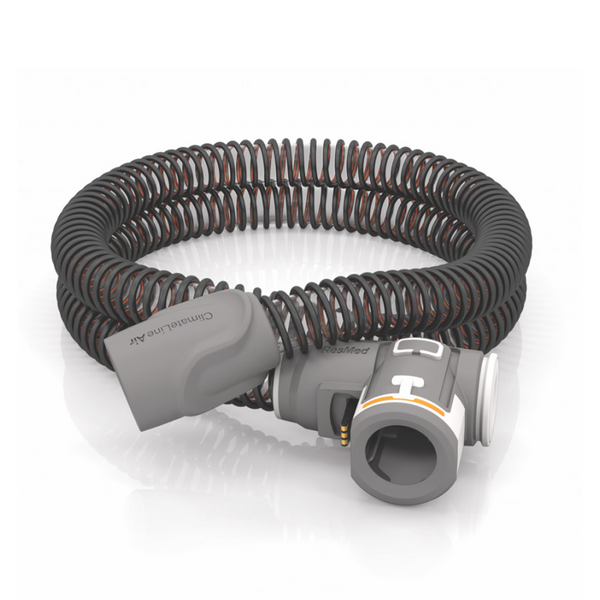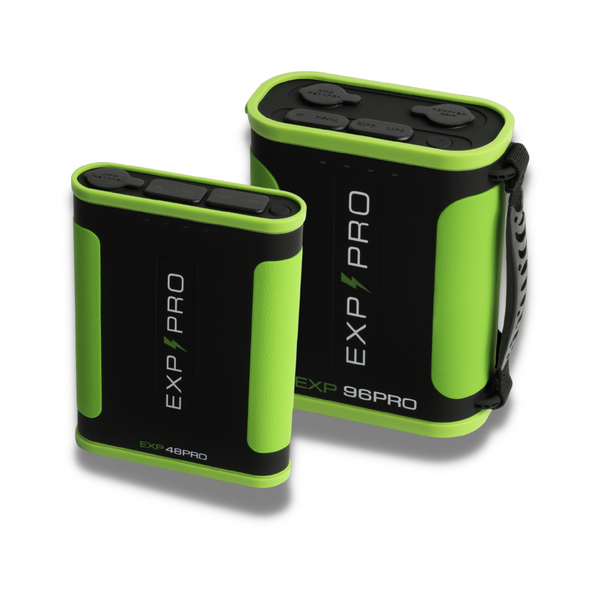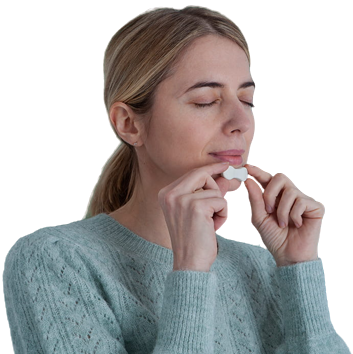Apple's latest watchOS update introduces a groundbreaking feature: FDA Approved Sleep Apnea Detection. By tracking your breathing patterns during sleep, your Apple Watch can identify potential signs of moderate to severe sleep apnea.
How Does It Work?
Your Apple Watch utilizes its accelerometer to monitor your breathing rate and rhythm while you sleep. Over a 30-day period, the device analyzes this data and sends a notification if it detects consistent patterns indicative of sleep apnea.
What to Do After Receiving a Notification
If you receive a sleep apnea notification, it's crucial to consult with your healthcare provider. They can provide a proper diagnosis and recommend appropriate treatment options.
Key Points to Remember:
- Accuracy: The feature is designed to identify potential signs, not a definitive diagnosis.
- Eligibility: You must have an Apple Watch Series 9 or later or Apple Watch Ultra 2 and be 18 years or older.
- Data Privacy: Your health data is private and secure.
- Regular Wear: Consistent use of your Apple Watch during sleep is essential for accurate tracking.
By leveraging advanced technology, Apple's Sleep Apnea Notifications feature empowers users to take proactive steps towards better sleep health.

-
An Apple Watch Series 9 or later or Apple Watch Ultra 2, with the latest version of watchOS.
-
Update your iPhone to the latest version of iOS.
-
Sleep must be set up with Track Sleep with Apple Watch turned on.
-
You must wear your Apple Watch to sleep for a minimum of 10 nights over a 30 day period. Your data will be analyzed every 30 days.
-
Sleep apnea notifications are intended for use by people 18 years or older who have not been diagnosed with sleep apnea.
-
On your iPhone, open the Health app.
-
Tap Browse, then tap Respiratory.
-
Under Sleep Apnea Notifications, tap Set Up, then tap Next.
-
Confirm your Date of Birth and if you've ever been diagnosed with sleep apnea, then tap Continue.
-
Tap Next, then tap Done.
-
On your iPhone, open the Health app.
-
Tap Browse, then tap Respiratory.
-
Tap either Sleep Apnea Notifications or Breathing Disturbances.

You can view your breathing disturbances for the past month, 6 months, or year.
If you receive a notification, you can also share a detailed report with your healthcare provider. To share a PDF, scroll down and tap Export PDF.
-
The Sleep Apnea Notifications Feature is not intended to diagnose, treat, or aid in the management of sleep apnea.
-
Not all people with sleep apnea receive a notification.
-
If you believe you have sleep apnea, talk to your doctor.
Samsung Galaxy Watch Detection Features
Samsung’s Galaxy Watch introduces an FDA-approved sleep apnea detection feature, specifically targeting moderate to severe cases. Approved in February 2024, this innovative tool operates through the Samsung Health Monitor app, utilizing advanced bioactive sensors to monitor sleep apnea indicators such as disrupted breathing patterns and blood oxygen levels.
To activate the sleep apnea detection feature, users need to track a minimum of four hours of sleep on two nights within a 10-day window. If the Galaxy Watch detects potential signs of sleep apnea, the app recommends seeking further medical evaluation. This feature positions the Galaxy Watch as a valuable tool in managing sleep apnea and improving sleep health.



















![[subscription]](http://heartstrongsleep.com/cdn/shop/files/Group_30_6a2ee5b7-7d1a-49f1-855d-428a7cb5358f.png?v=1733846466&width=600)
















